The Alma Ata (1978) Declaration enables all health care systems to provide people with set of well-designed promotional, preventive, therapeutic and rehabilitative programs. However, large scale health emergencies such as natural disasters and outbreak of infections, show how it truly works, which eventually reveals the country’s healthcare system’s strength and weaknesses. The crisis not only puts additional strain on an already overstretched health system, but also drained resources from existing health problems, creating additional barriers in healthcare service delivery.
The COVID-19 pandemic shows how vulnerable the Nepalese health system is in reality. In some regions, services have not yet fully recovered from the 2015 earthquake and country has since then saw the system reform process. With the 2015 constitution, transition to federalism has been significantly expanded. The decentralized health system has been an important aspect of the government’s effort to allocate more resources and power at the subnational level over the past years. The 1999 local self-governance act introduced some fundamental values of decentralization and created elements of decentralization based on the principle of subsidiarity. Much efforts have been made to develop and improve the provision of medical services locally. Formerly a centralized model, the governance of the health system was defined on a top-down basis. Now, it is mostly bottom-up, agreed/co-managed among the three levels of government.
The decentralization process went well when the first case of COVID-19 was detected in Nepal in January 2020, even though the transition process was incomplete as it had not been able to establish new relationship and structures due to early stages of federalism. Nepal’s health system faced major set of challenges in regards to how to effectively cope and address the pandemic along with the coping up with federal structure. Prof. Dr. Simon Rushton a senior lecturer, in the recent National health and Research Council Summit said that as the COVID-19 pandemic in Nepal rose, there was a significant difference in the extent to which province and communities were affected. But the question yet remains, whether the health system decentralization has allowed for a greater degree of responsiveness to local conditions and whether all three tiers of government can coexist, coordinate and cooperate to effectively respond to the pandemic as it is the key to make the new federal arrangements work because all levels lack experience with this system and clarity has not yet been reached on concurrent functions.
To achieve a coordinated level of response, the medical staff who are active at the ground level should have access to related virological and serological tests, disease surveillance system, expert advice and qualifications as needed. Its requires resources to respond appropriately to such as additional human resources and general operational resources and capacity. Prof. Dr. Simon Rushton also stated that strengthening primary health services and strengthening local agencies are some of the key and effective measures to mitigate the crisis urgently. Therefore, the government is responsible for supporting and facilitating the efforts of local institutions and also of the frontline workers. At the same time, actions may certainly require federal government to take control but maintaining the balance and cooperation between levels is needed. There seems to be risk of jurisdictional overlap among the three tiers of government, lack of clarity and coherence between policies and devolved powers. Thus, the key to an effective response to Nepal lies in effective action at all levels of government and allocation of resources done in an equitable manner.
Even with the first and second wave of the pandemic in Nepal, there were clear differences in heath service delivery in both provinces and local government and response policies. Some of these differences are related to the uneven spread of COVID-19 across the country. The COVID-19 crisis may not end immediately and there is an urgent need of having a synchronized effort in all tiers of government. But it is also crucial as a nation to address the already existing health problems along with this. At all levels of the government, competitiveness needs to strengthened along with aligned direction for the future, then only Nepal can achieve its ambitious health targets given the Pandemic context.
(Saugat Pratap KC is a social science researcher associated with HERD International. The views and opinions expressed in this blog are those of the authors and do not reflect the official views of the organization. He can be reached at spk266@gmail.com)




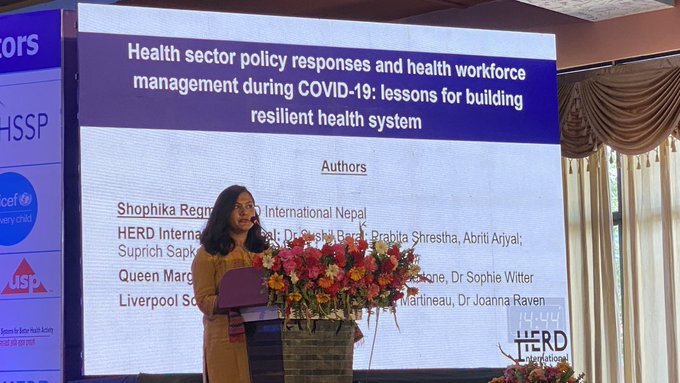
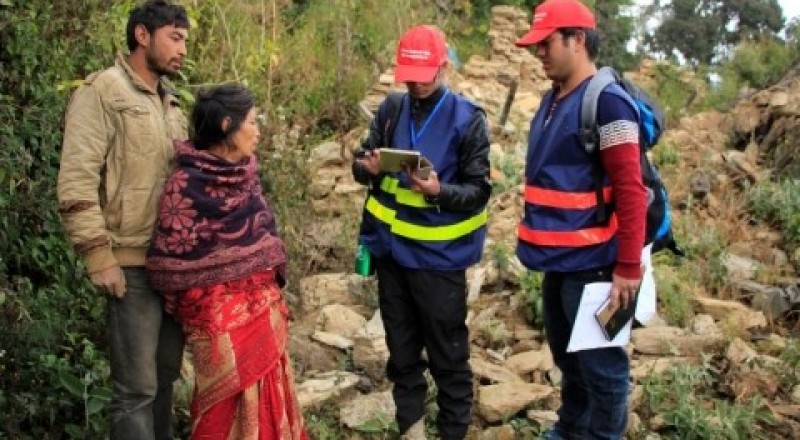
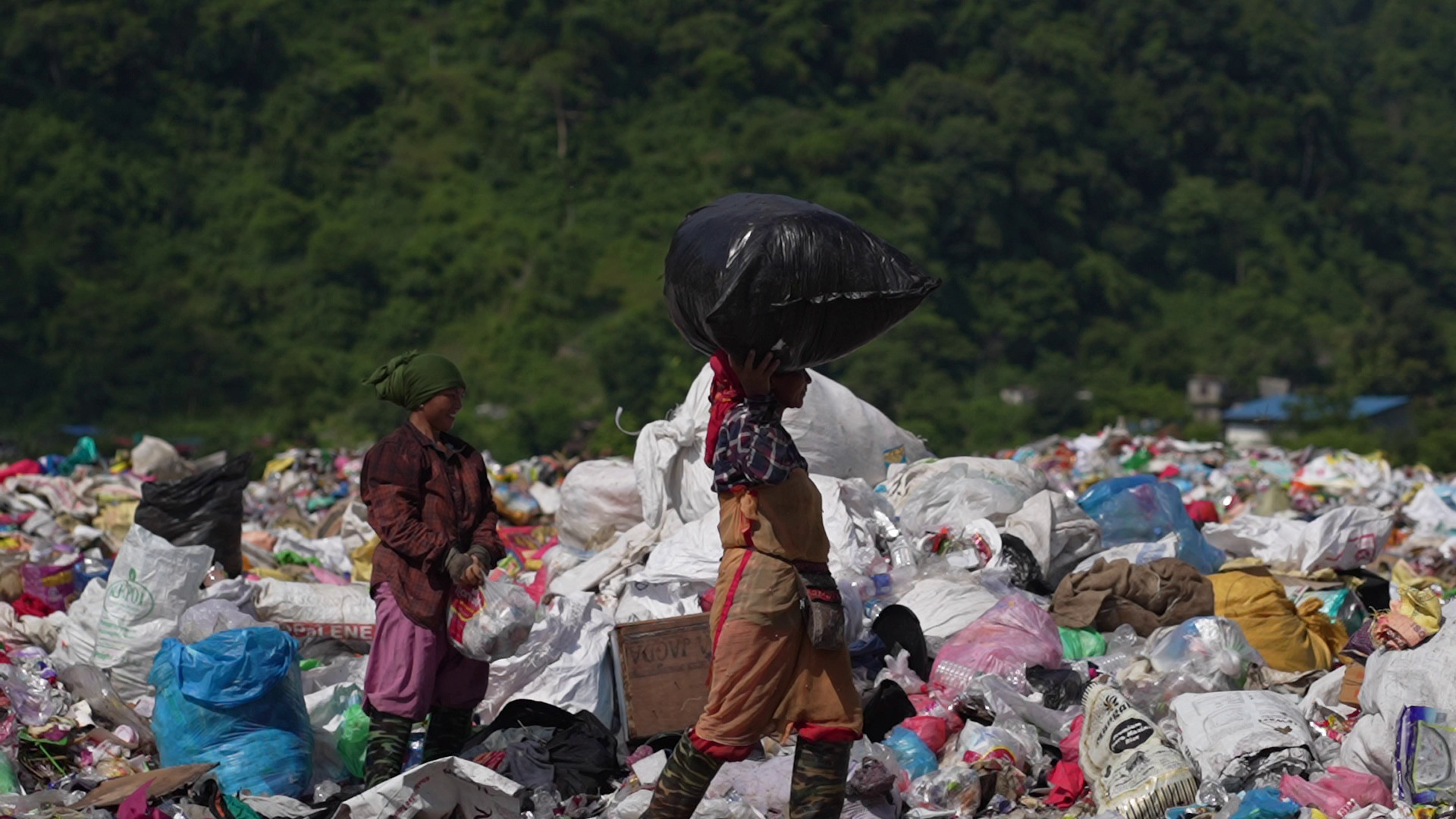
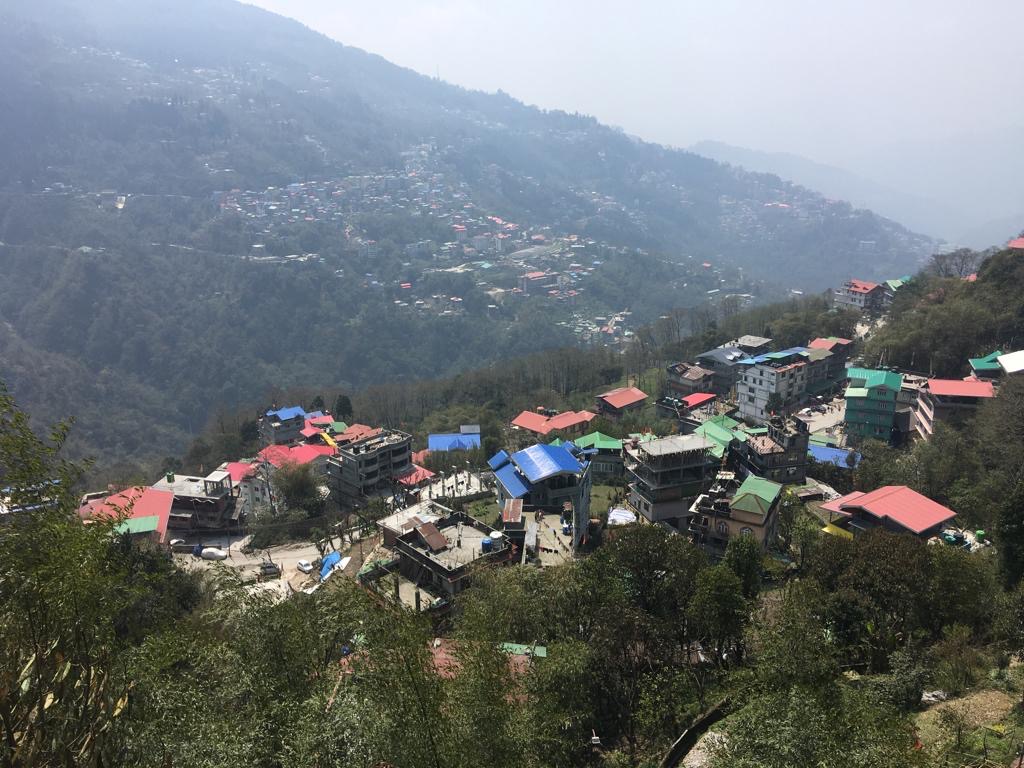

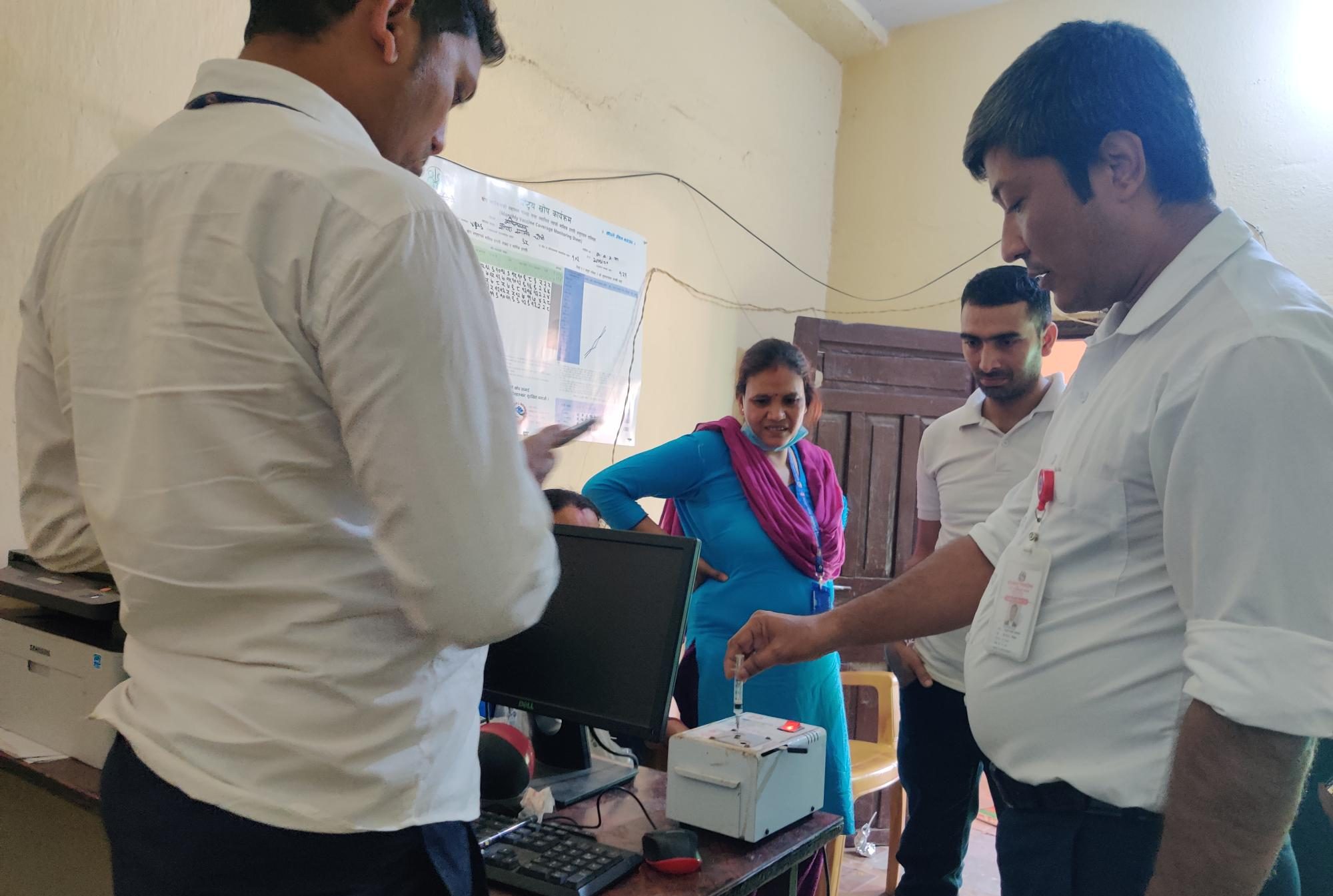
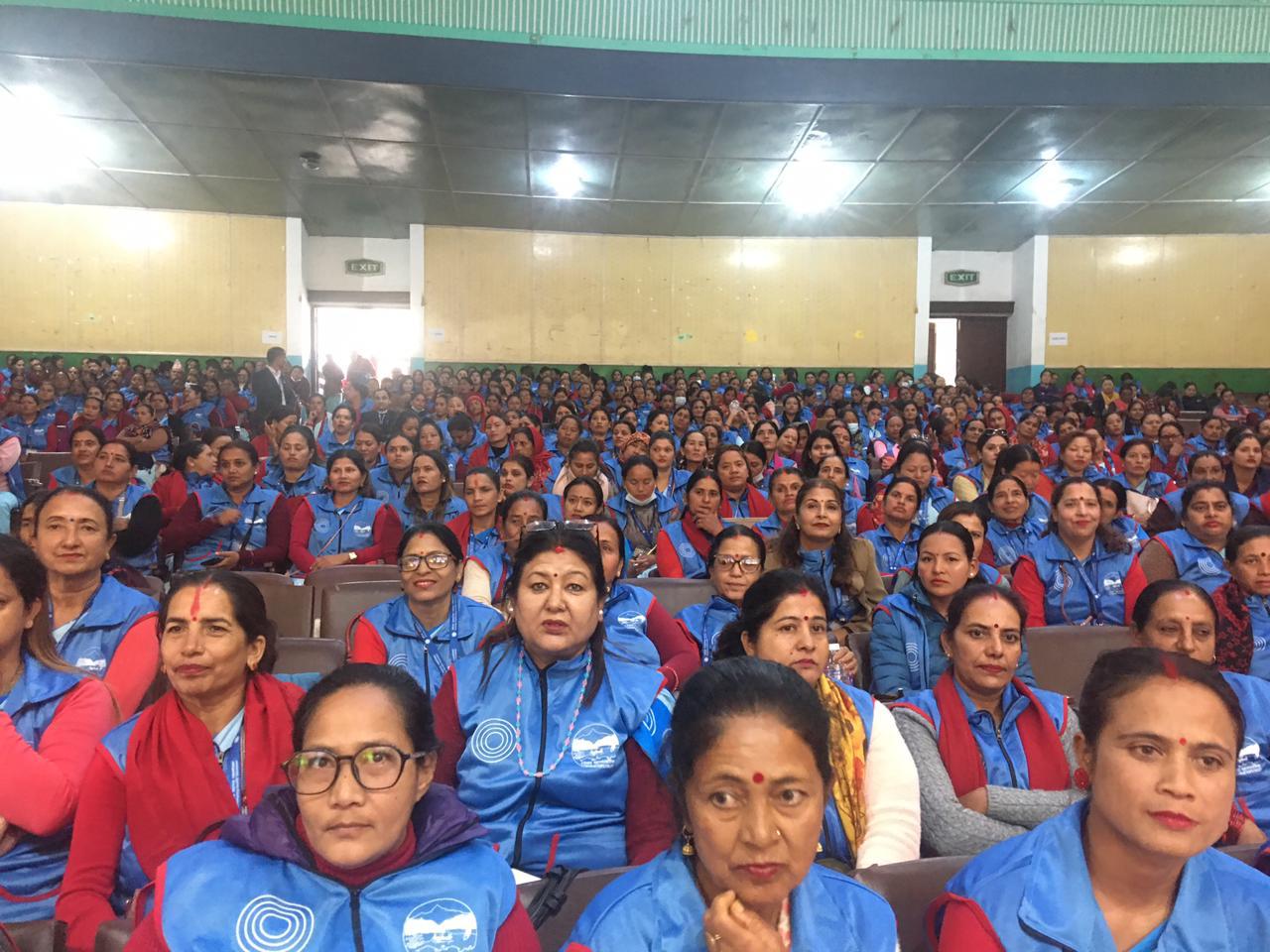
Comments (0)
No comments found.